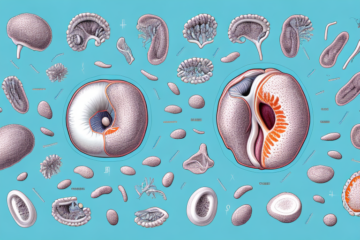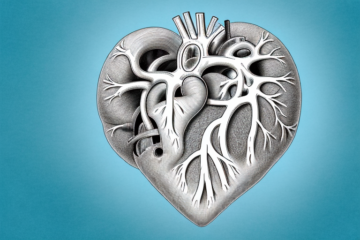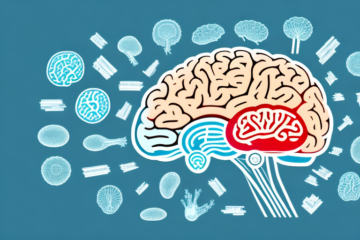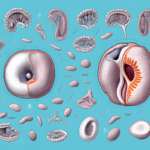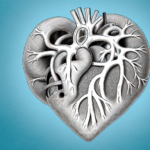Orthostatic hypotension is a condition that affects millions of people around the world. Also known as postural hypotension, it is a sudden drop in blood pressure that occurs when a person stands up from a sitting or lying position. The symptoms can range from dizziness and lightheadedness to fainting, and in severe cases, can lead to serious injuries. In this article, we will explore everything you need to know about orthostatic hypotension, including its causes, symptoms, diagnostic tests, treatment options, and more.

Understanding Orthostatic Hypotension: Definition and Overview
Orthostatic hypotension is a type of low blood pressure that occurs when a person stands up from a seated or lying position. When we change posture, our body responds by increasing heart rate and constricting blood vessels to maintain adequate blood flow to the brain and other vital organs. However, in people with orthostatic hypotension, this response does not occur properly, leading to a decrease in blood pressure and a lack of oxygen to the brain.

Orthostatic hypotension can be caused by a variety of factors, including dehydration, prolonged bed rest, certain medications, and underlying medical conditions such as Parkinson’s disease or diabetes. Symptoms of orthostatic hypotension may include dizziness, lightheadedness, blurred vision, and fainting.
Treatment for orthostatic hypotension may involve lifestyle changes such as increasing fluid and salt intake, wearing compression stockings, and avoiding sudden changes in posture. In some cases, medication may be prescribed to help regulate blood pressure and improve symptoms. It is important for individuals with orthostatic hypotension to work closely with their healthcare provider to develop an individualized treatment plan.




